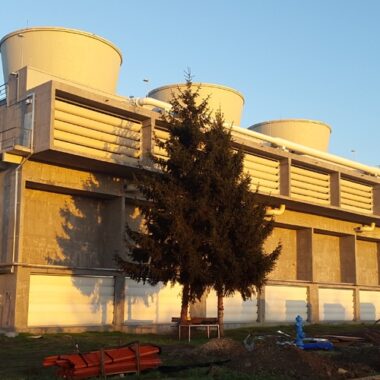Optimizing Fan Design for Efficiency and Quiet Operation
Optimizing Fan Design for Efficiency and Quiet Operation
Optimizing fan plan for low power consumption and noise reduction includes a few key considerations and designing strategies aimed at improving proficiency whereas minimizing noise emissions. Optimizing Fan Design for Efficiency and Quiet Operation: Here are some aspects of fan plan that can contribute to achieving these objectives:
Aerodynamic Efficiency:
- Fan blades should be carefully designed to maximize aerodynamic efficiency, which includes optimizing blade shape, point of attack, and edge curvature. This makes a difference minimize air resistance and pressure losses, reducing the power required to drive the fan.
High-Efficiency Motors:
- Selecting energy-efficient motors with tall power-to-weight ratios and moo electrical losses can essentially reduce control utilization. Brushless DC (BLDC) motors and electronically commutated (EC) motors are regularly preferred for their superior efficiency and precise speed control capabilities.
Variable Speed Control:
- Actualizing variable speed drives (VSDs) permits fans to operate at varying speeds based on cooling request, rather than running continuously at full speed. This not only reduces control consumption but also enables calmer operation by altering fan speed to match load requirements.
Optimized Blade Geometry:
- Fan blades should be designed with ideal geometry to minimize turbulence and air vortices, which can contribute to noise generation. Smooth, aerodynamically formed blades offer assistance reduce air turbulence and relieve noise emissions.
Noise Dampening Features:
- Incorporating noise dampening highlights such as serrated trailing edges, acoustic liners, and vibration-absorbing materials can offer assistance attenuate fan noise. These highlights help minimize commotion propagation and improve overall acoustic performance.
Fan Blade Pitch Angle:
- Adjusting the pitch angle of fan blades can optimize airflow efficiency while reducing noise levels. By fine-tuning the blade point, designers can achieve the desired adjust between airflow performance and noise generation.
Rotor-Stator Interaction:
- Minimizing interaction between the fan rotor and stator components can offer assistance reduce noise levels. This will be achieved through careful plan of blade tip clearances, inlet/outlet configurations, and blade dividing to minimize turbulence and air disturbance.
Casing Design:
- Optimizing the design of the fan casing and inlet/outlet configurations can help minimize aerodynamic losses and pressure differentials, which can contribute to noise generation. Smooth airflow pathways and streamlined casing profiles help move forward overall fan efficiency and reduce noise emissions.
Acoustic Testing and Simulation:
- Conducting acoustic testing and computational fluid dynamics (CFD) simulations during the design phase can help distinguish potential noise sources and optimize fan geometry for noise reduction. This allows designers to iteratively refine fan plans to achieve optimal performance and acoustics.
By incorporating these plan principles and engineering strategies, manufacturers can create fans with improved aerodynamic efficiency, diminished power consumption, and quieter operation, meeting the request for energy-efficient and environmentally friendly cooling solutions.






